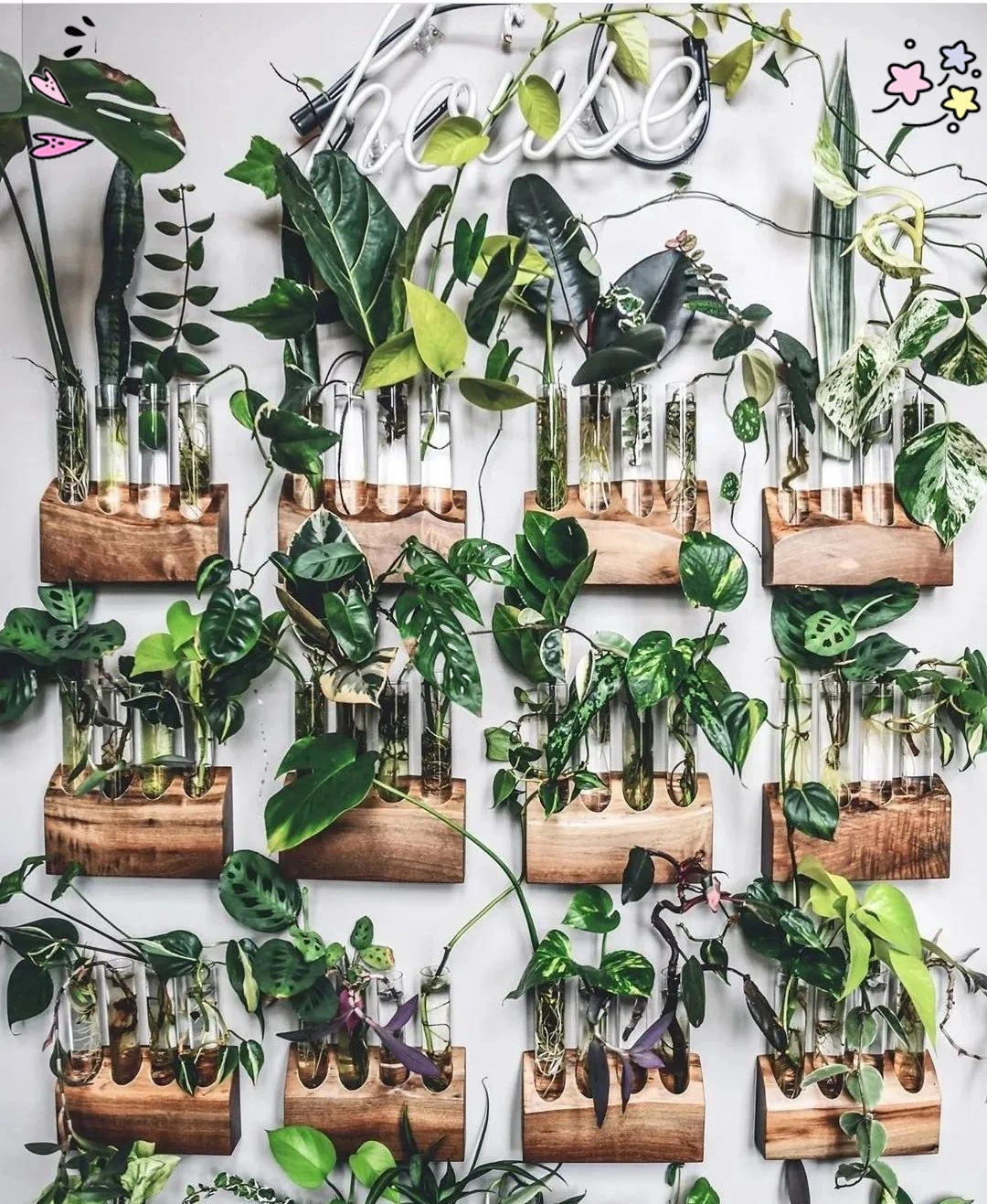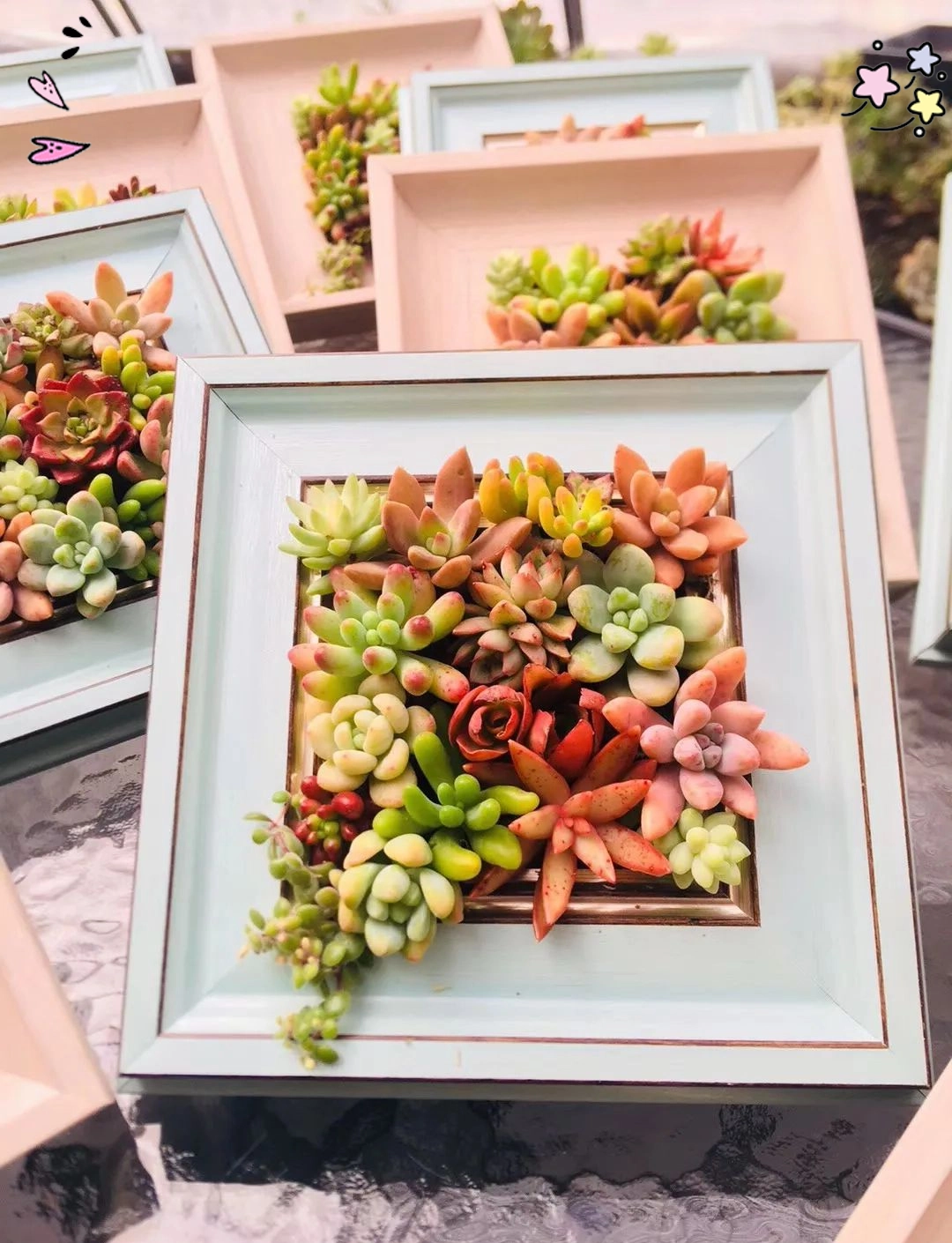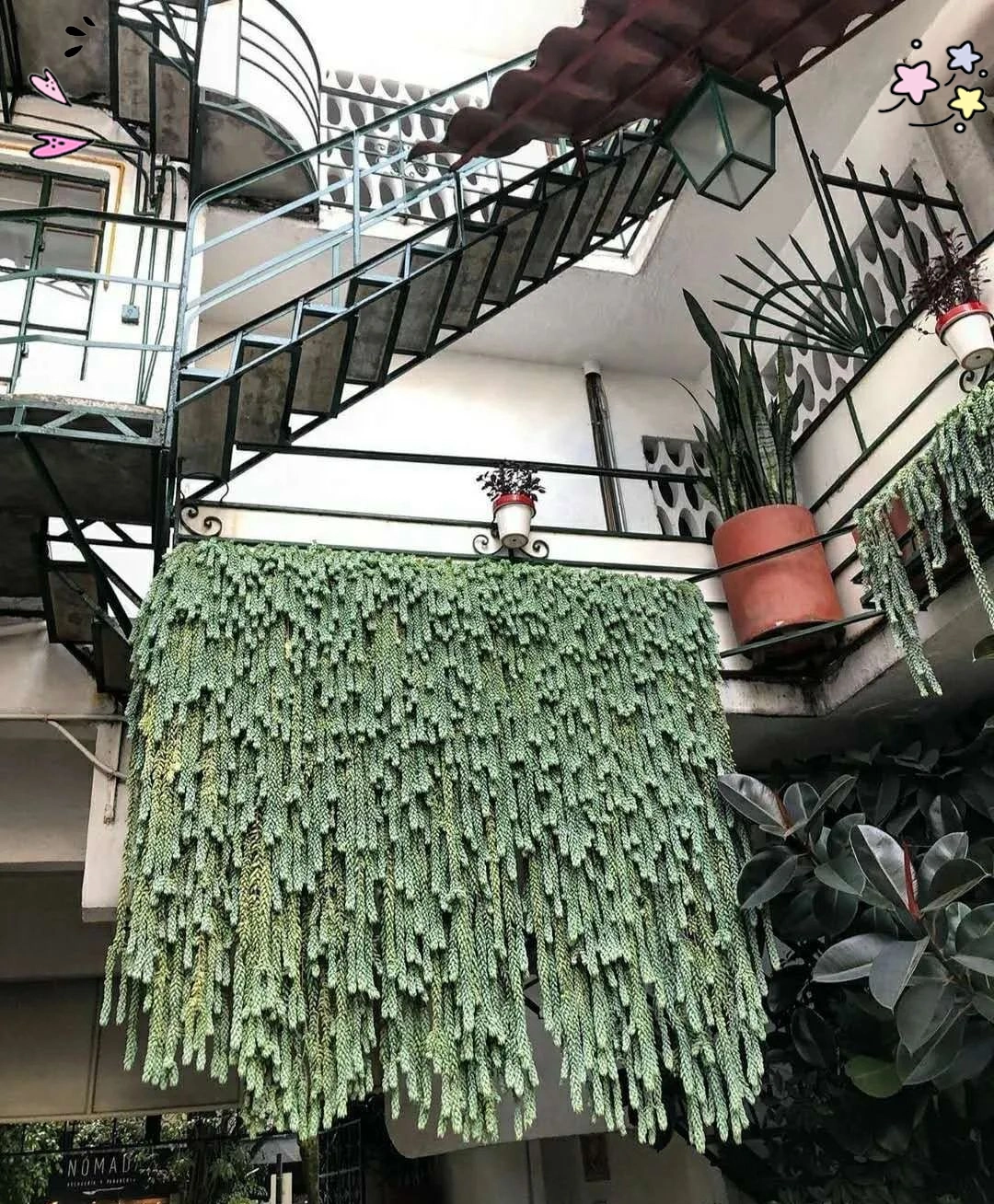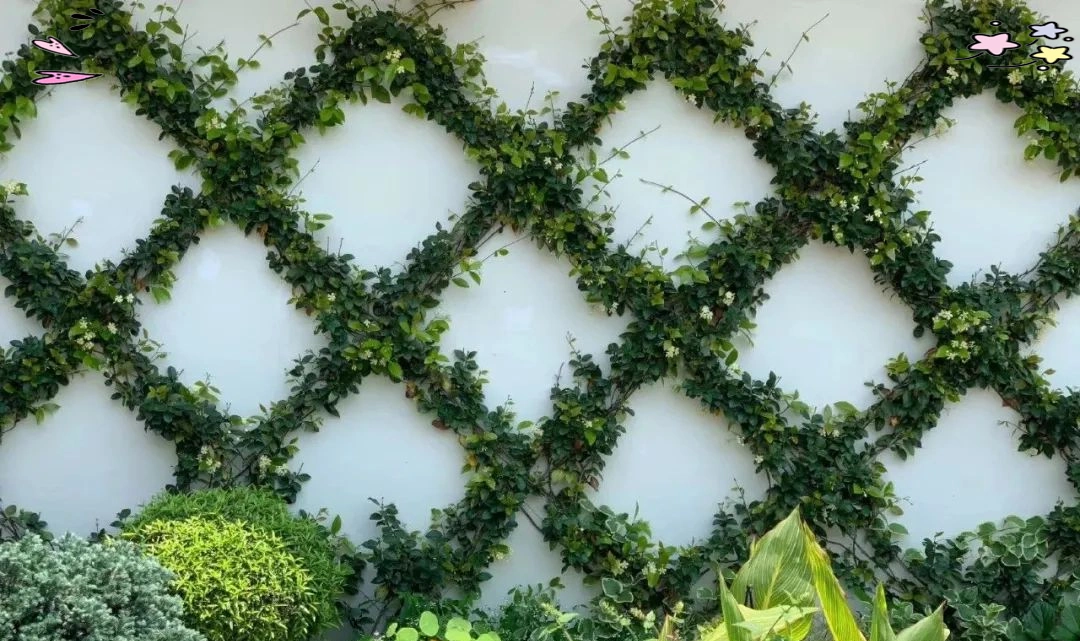The Appeal and Applications of Vertical Gardening
01 An Overview of Vertical Gardening
While not everyone has the space for a traditional garden, many underutilized nooks and vertical surfaces hold untapped potential for greenery. Capitalizing on this insight, horticulturalists have innovated by developing the concept of "vertical gardening"—a strategic approach to optimize space by leveraging the natural climbing tendencies of plants.
In the Garden Design magazine's 2020 Garden Design Trends report, author Justin Giedt highlighted that residents of small homes and apartments are increasingly seeking creative ways to integrate nature into their daily lives, regardless of space constraints. Vertical gardening, as a solution for compact living, is recognized as a simple yet effective method to significantly enhance household greenery.
 This innovative concept is now gradually becoming a staple in homes worldwide. It not only makes intelligent use of limited space in small homes and apartments but also breathes vibrant, living energy into indoor environments.
This innovative concept is now gradually becoming a staple in homes worldwide. It not only makes intelligent use of limited space in small homes and apartments but also breathes vibrant, living energy into indoor environments.
**▍ Innovative Applications**
Vertical gardening can maximize green living both indoors and outdoors, beautifying spaces and infusing them with a natural ambiance. Inside the home, it can be tailored to specific functional areas. For example, a vertical herb garden in the kitchen adds both aesthetic appeal and fresh, aromatic ingredients for cooking.
**▍ Vertical Gardening in Interior Design**
Furthermore, large-scale vertical installations are an excellent option for significantly boosting visual impact and productively utilizing otherwise wasted wall space.
**▍ Decorative Impact**
These substantial installations enhance the landscape, effectively strengthening visual appeal and optimizing spatial efficiency.
**▍ Experiential Activities**
Beyond practical applications, vertical gardening offers rich opportunities for hands-on workshops. Diverse DIY activities can be developed, such as crafting living plant frames or creating collaborative plant screens. These activities enrich the gardening experience, providing a deep sense of enjoyment and accomplishment from building a green space with one's own hands.

02 Diverse Techniques in Vertical Gardening
**▍ Living Plant Frames**
This creative approach uses soil-based techniques to grow a mix of plants with varying colors, shapes, and characteristics within a frame, enhancing home decor with living art. It's suitable for indoor decoration and gardening workshops. The materials are easily accessible, the process is straightforward, and maintenance is minimal.
**▍ Wall-Mounted Planters**
Ideal for indoor decoration and workshops, this method also utilizes readily available materials, involves simple steps, and is easy to maintain. Employing hydroponics or self-watering pots, plants are affixed to walls via hanging or mounting. This design is perfect for decorating spaces like kitchens, combining beauty with utility.
**▍ Plant Collages**
This technique focuses on arranging and adhering plants directly onto vertical surfaces. Using magnets, adhesives, and other tools, several low-maintenance yet visually striking plant species are combined to create unique decorative statements.
**▍ Mounted Tropical Plants (Epiphyte Mounts)**
This unique method simulates the natural growing conditions of tropical plants like epiphytes, resulting in pronounced decorative effects. Essentially, plants are secured to a board (e.g., wood or cork) and grown in a medium like sphagnum moss instead of traditional soil.

**▍ Creating Plant Screens**
These medium-sized structures, akin to freestanding room dividers, are perfect for both home living rooms and commercial spaces. They typically feature combinations of shade-loving and moisture-tolerant plants to suit various decorative needs.
**▍ Installing Green Walls**
Living walls have gained popularity in recent years as a contemporary decorative feature in public spaces like malls, hotels, and restaurants. While scalable to any size, the plant varieties used are similar to those in screens—primarily shade-tolerant, moisture-loving foliage plants chosen for their visual impact.
**▍ Constructing Planted Fence Walls**
This concept is excellent for outdoor gardens. Its main advantage lies in harnessing ample sunlight, allowing for a diverse selection of flowering plants to create stunning visual displays.

**▍ Key Design Elements & Tips**
Years of practice have refined the application of vertical gardening. For home enthusiasts, functionality should align with practical needs; for instance, a green wall for a living room TV area should balance aesthetics with purpose. Careful plant selection is crucial for high survival rates and long-term enjoyment. For large installations, smart maintenance systems like drip irrigation, humidity sensors, misting, and remote monitoring are recommended. Finally, ongoing care is essential—maintaining the cleanliness, health, and ecological sustainability of the vertical surface should never be compromised for the sake of design alone.
Recommend News
The Balcony: Where Function Meets Serenity
Digital Footprint Cleanup: What to Delete Before You Date
After the DAfter the Date: Safety Protocols Many Forgetate: Safety Protocols Many Forget
The Escape Plan: How to Leave a Bad Date Gracefully
From Online to Offline: The 3-Phase Safety Transition Plan
Your Phone as a Safety Tool: 5 Life-Saving Features for Dating
Ghosting vs. Safety: When to Disappear Without Guilt

